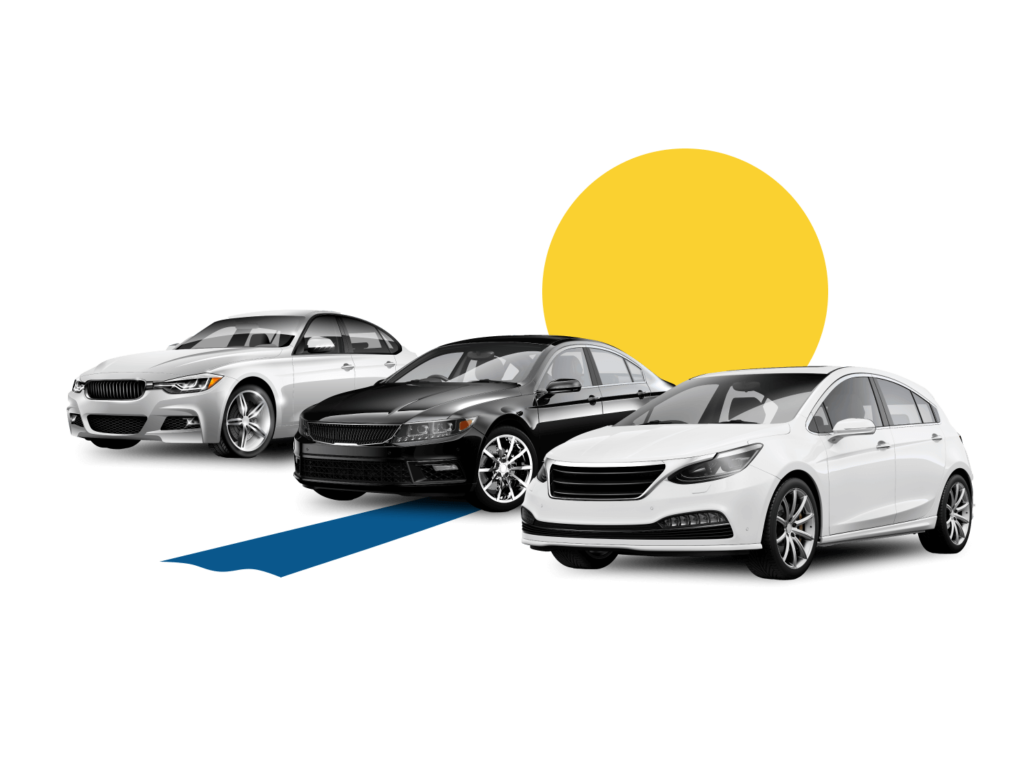In the ever-evolving landscape of the automotive industry, innovation and technology have revolutionized the way we perceive cars. From fuel efficiency to autonomous driving capabilities, modern vehicles are embracing a wide range of cutting-edge features that promise to reshape our driving experience. This article delves into the world of futuristic cars, exploring their groundbreaking features, and drawing conclusions about their impact on the automotive landscape.
I. Electrification: Driving Towards Sustainability
The race towards sustainable transportation has led to a significant shift towards electrification. Electric vehicles (EVs) have gained popularity owing to their zero-emission nature and increasing charging infrastructure. The latest EVs boast impressive range improvements, quick-charging capabilities, and innovative battery technologies that reduce charging times.
Long Range Batteries Advancements in battery technology have extended the driving range of electric vehicles significantly. Lithium-ion batteries with higher energy density allow cars to travel hundreds of miles on a single charge, making EVs more practical for everyday use and long-distance travel.
Fast Charging Networks The expansion of fast-charging networks worldwide addresses one of the major concerns of EV adoption – charging time. These networks can charge a vehicle up to 80% in as little as 30 minutes, making long trips more feasible for electric car owners.
II. Autonomous Driving: A Glimpse into the Future
The dream of self-driving cars is becoming a reality, with advanced driver-assistance systems (ADAS) paving the way for full autonomy. Companies like Tesla, Waymo, and GM’s Cruise are at the forefront of this revolution, incorporating state-of-the-art sensors, cameras, and AI algorithms to enable safe autonomous driving.
Adaptive Cruise Control (ACC) ACC maintains a safe distance from the vehicle ahead, adjusting the car’s speed based on traffic conditions. It can help reduce accidents caused by human error, such as tailgating or failure to respond to sudden stops.
Lane Keeping Assistance Using cameras and sensors, lane-keeping systems help the vehicle stay within its lane, reducing the risk of lane departure accidents due to driver fatigue or distraction.
Full Self-Driving (FSD) Capability Tesla’s Full Self-Driving (FSD) mode aims to achieve full autonomy, where the car can navigate and make decisions without any human intervention. Though still in its early stages and subject to regulatory approvals, FSD has the potential to revolutionize transportation and significantly reduce accidents caused by human errors.
III. Connectivity: Cars in the Internet of Things (IoT)
The integration of cars into the Internet of Things (IoT) is redefining the driving experience. Connectivity allows vehicles to communicate with each other, infrastructure, and external services, leading to enhanced safety, navigation, and convenience.
Vehicle-to-Vehicle (V2V) Communication V2V communication enables cars to share real-time information about their position, speed, and direction, facilitating collision avoidance and improving overall traffic flow.
Vehicle-to-Infrastructure (V2I) Communication V2I communication connects vehicles to traffic lights, road signs, and other infrastructure, providing drivers with real-time traffic updates, optimized route suggestions, and improved energy management.
IV. Advanced Safety Features: Preventing Accidents
Modern cars are equipped with advanced safety features that prioritize accident prevention and passenger protection. These technologies are designed to minimize the impact of collisions and keep occupants safe in case of an accident.
Emergency Braking Systems (EBS) EBS uses sensors to detect potential collisions and automatically applies the brakes if the driver fails to respond in time. This feature significantly reduces the risk of rear-end collisions.
Blind Spot Monitoring (BSM) BSM uses radar or cameras to detect vehicles in the driver’s blind spots. It provides visual or auditory alerts to prevent lane-changing accidents caused by unseen vehicles.













